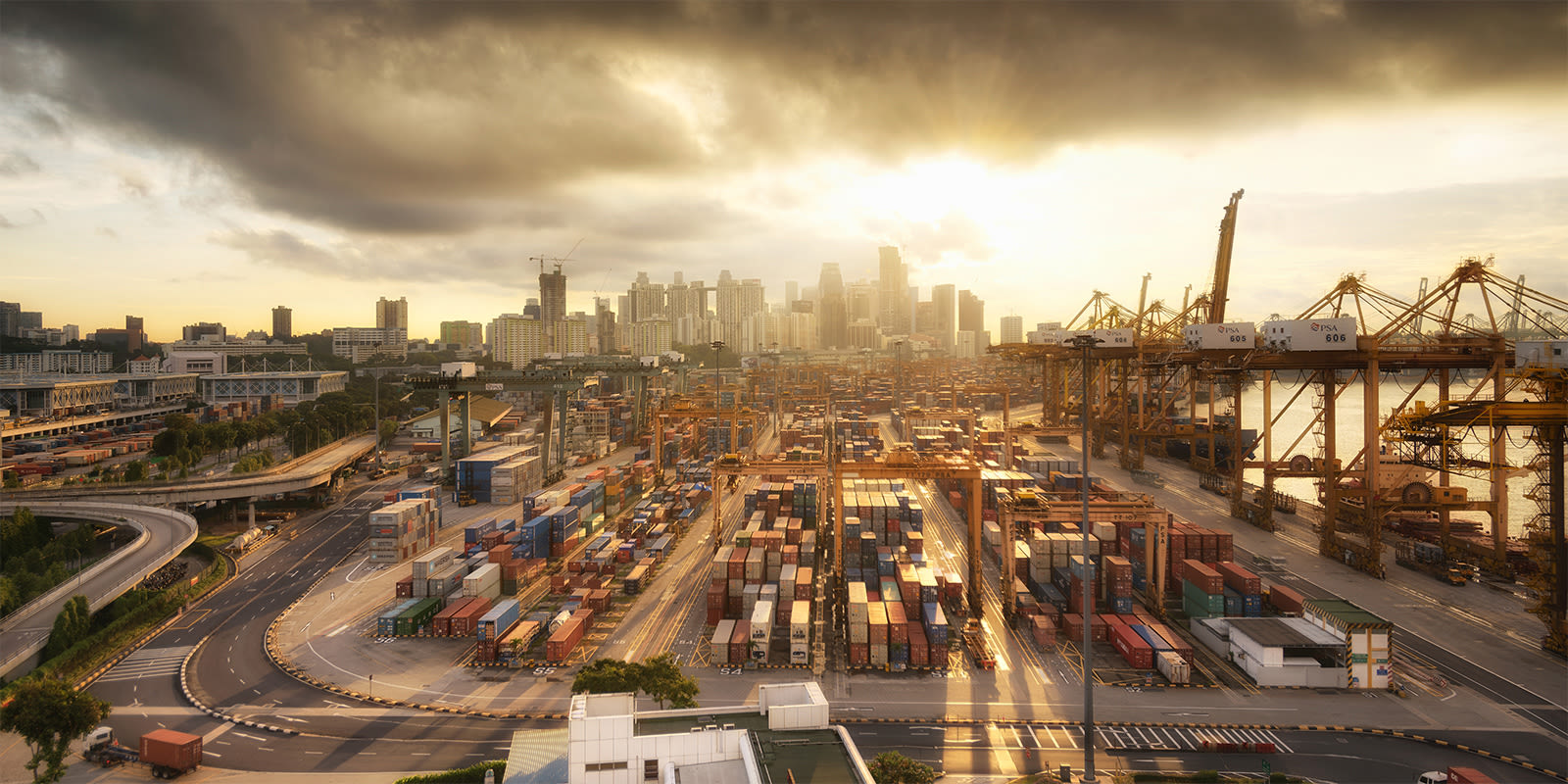
May 14, 2021
A Jump in Customs Enforcement Shows Data Can Create or Limit Risk
Tags:
A Jump in Customs Enforcement Shows Data Can Create or Limit Risk

Companies are seeing an uptick in customs enforcement across the US. Compliance with the myriad of rules and regulations for importers has always been non-negotiable, but this is a bigger trend.
First, Customs enforces more broadly now than in years prior, encompassing intellectual property, product safety, and forced labor, to name a few.
Secondly, it’s enforcing more consistently this year. In 2018, the agency issued 1,385 trade penalties; in 2020, that shot up to 2,309. Ultimately, any shipment could end up on their radar.
There’s no guaranteed way to avoid greater scrutiny, but you can reduce your risk and lessen some of the headaches associated with penalties, audits, and delays. Start building resilience now by ensuring your customs data is ready for anything.
Why Is Enforcement Up?
An increase in enforcement measures stems partially from Congressional mandates. For example, the Trade Facilitation and Trade Enforcement Act passed in 2016, and Congress included multiple enforcement provisions in the 161-page law.
And as the political tide shifts, so do ideologies and practices. During the Trump administration, importers saw significant increases in tariffs—and especially in trade remedy tariffs.
As tariffs go up, so does the need for enforcement to ensure that tariffs are being collected appropriately. And since many of the tariffs created in the past few years still exist under the current administration, so does the need for enforcement.
But it’s about more than just collecting revenue. Customs can also help enforce new social initiatives around the environment, labor, and human rights.
In late April, for example, members of Congress requested that an additional $25 million or more go to Customs to enforce regulations related to goods made with forced labor. In that scenario, customs enforcement can act as a strategic tool to accomplish broader human rights objectives.
The other reason enforcement is up is due to Customs gaining tools and resources.
The agency is actively building its headcount. Like most of global trade, Customs has been impacted by Covid-19. After a period of factory shutdowns and blank sailings, a tsunami of imports is currently eating up shipping capacity. Those shipments all have to clear customs. A larger corps helps check a greater volume of goods.
At the same time, non-compliance is easier to find as technology expands and refines screening capabilities. Algorithms flag anomalies in transaction data. Scientific analysis can determine material origin.
This is where the importance of data enters the picture for importers.
How to Signal Compliance
Quick clearances are far more likely when you can signal that your goods are compliant.
One way is via programs, like CTPAT, ISA, and AEO, that let your company demonstrate strong procedures. Importers that can show secure supply chains, consistent documentation systems, and accurate data may be considered lower risk.
Most importantly, make sure all supply chain stakeholders are working with the same data to ensure maximum consistency—a way to minimize the risk of audit.
Everyday import transactions generate massive data sets, including SKU details, cargo dimensions, HTS codes, duty rates, and more. Suppliers, freight forwarders, carriers, customs brokers, and others all transmit data for the same shipments.
Customs analyzes this data for shipment accuracy as well as how it stacks up against the greater landscape of similar data from other companies. Red flags warrant a closer look; consistency decreases the risk of inquiry.
Optimizing Your Customs Data
Just like Customs leverages technology for enforcement, importers need to work with the best technology they can, too. Companies using a centralized platform can safeguard their goods from customs delays or penalties, while also finding new efficiencies across their customs data.
A single source of truth can connect everyone along the supply chain, providing them with the same product data library to improve accuracy and speed clearances.
For example, if your company relies on a free trade agreement to save on duty, you may need to keep records showing what percentage of a product’s value comes from a specific country.
These records need to match. If they don’t, you need technology that can help you find the discrepancy before Customs finds it for you.
Fast access to high-quality data also helps if you’re audited. In these instances, thorough responses show your company takes compliance seriously. Centralized data may also help you explain where or why there was a mistake.
The kicker? Customs is likely to only get better at enforcement over time. It has the motivation and the resources. Keeping pace requires accurate, optimized data for all your products. Reach out to learn more.
About the Author





